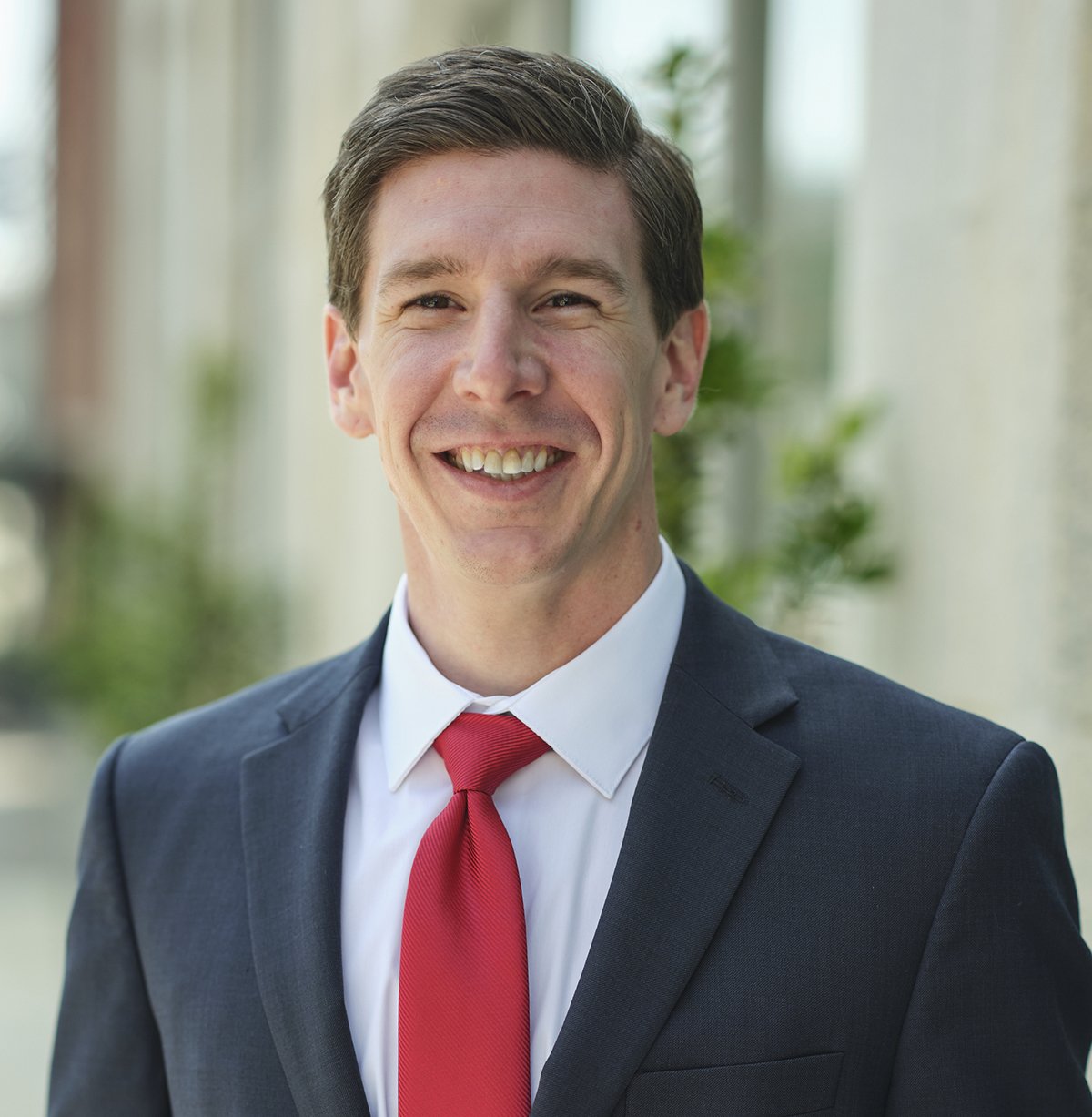Accountability and Action: The Path to Safer Communities

This past weekend, our state was rocked by a wave of violent crime. Over the course of twenty-four hours, five shootings claimed the lives of at least nine Mississippians. While these horrific acts do not appear to be connected, they are alarming nevertheless. Words like horrific, tragic, and avoidable all come to mind.
First and foremost, I pray for those impacted by these recent acts of senseless violence. May the Lord comfort those who mourn, heal the brokenhearted, and cover those communities with a peace that defies understanding.
In these times, we ask ourselves difficult questions: Why did this happen? Is there anything we can do to prevent this from happening again? What role do the government, public policy, and our justice system play in crime prevention?
The answers are not simple, but they are worth pursuing. One act of violence is one too many. Whether you believe Mississippi has a crime problem or not, we should all agree that our shared goal must be safer communities and fewer victims.
At Empower Mississippi, much of our criminal justice work centers on this one critical goal: public safety. This October, during Crime Prevention Month, and considering last weekend’s terrible events, it seems like an appropriate time to step back and think seriously about what safety really looks like and how we can strengthen it in our communities.
At its core, public safety means more than just the absence of crime. It also means freedom from the fear of crime — the peace of mind that comes from believing you are unlikely to be victimized. It’s both the reality and the perception of safety.
True public safety also means evidence-based deterrence and effective accountability. It means rigorously focusing on proven crime prevention methods, maximizing the chance people are caught and appropriately punished, and ensuring that proven dangerous people who victimize others stay off the street.
From a policy standpoint, we know that community policing is one of the most effective crime deterrents. A strong, visible police presence sends a clear message: crime will not be tolerated. We need more well-trained police in our communities, equipped with the tools and resources to do their jobs well.
We must also prioritize the certainty of quick apprehension and punishment. People are less likely to commit crimes if they believe they will be caught and punished. That means police must solve cases, prosecutors must be willing to prosecute criminals, and judges must be willing to impose punishments that fit the crime.
In some cities across the country, we’ve seen what happens when accountability breaks down. When lawbreakers feel immune from consequences, they are further emboldened to commit crime. Swift, certain, and meaningful consequences remain among the strongest deterrents to criminal behavior.
Of course, at the heart of good public policy is good data. A focus on improved data collection and public reporting within our justice system would facilitate a greater understanding of the challenges we face and how best to address them. Without reliable data, developing sound public policy is significantly more challenging, and there is ample opportunity to improve data collection within our justice system.
But there are also cultural challenges we must confront. For example, in many ways, we’ve become desensitized to violence and devalued human life. This permeates today’s popular culture — from movies and music to social media and video games — and it shapes how we see the world. Too many people seem to view life as a video game, where actions have no real consequences.
The solution begins at home. We must teach our children that every person is created in the image of God, deserving of dignity, respect, and love.
One line from the popular television show The Walking Dead has stuck with me for years: “All life is precious.” That simple message shone through all the darkness and violence of the show, and I believe it applies powerfully to real life.
When we believe all life is precious, we treat others the way we want to be treated. We respect life, protect it, and teach our children to do the same.
We also have to confront the growing mental health and addiction crises that so often lie beneath the surface of crime. Social media and isolation didn’t cause these problems, but they have exacerbated them, especially for many young people. Behavioral health and addiction treatment are essential to breaking the cycles that lead to violence.
Finally, if we want safer communities, we must invest in people. That means creating pathways to prosperity, quality education, meaningful work, and strong families.
When we combine accountability with opportunity and anchor it all in the belief that every human life has value, we not only reduce crime, we restore peace of mind, strengthen families, and renew the moral fabric of our communities.
That’s what real public safety looks like.
